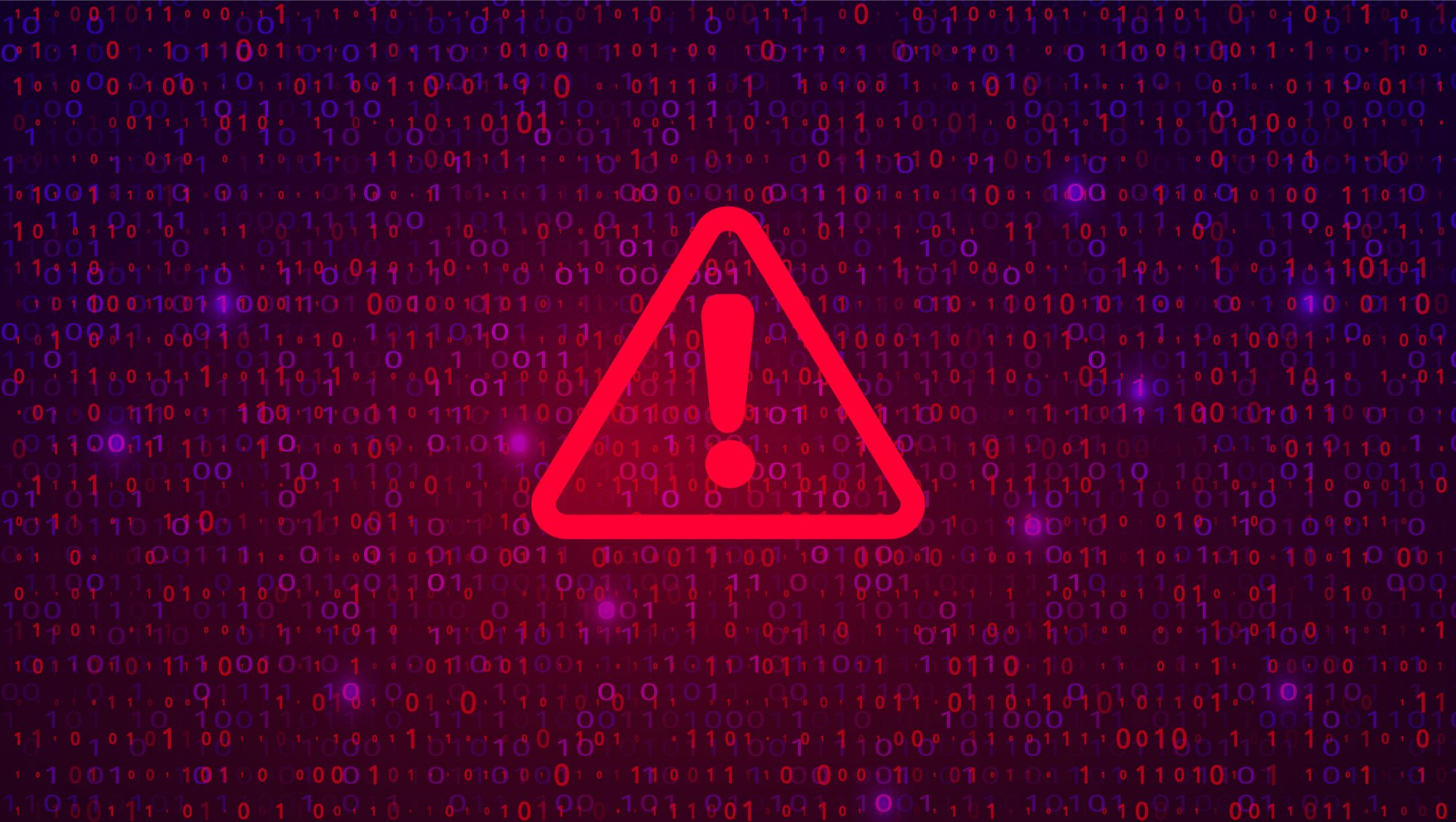Canada and its Five Eyes cyber intelligence partners are warning managed service providers to expect an increase in malicious attacks.
The advisory was issued Wednesday by the Canadian Centre for Cyber Security, the United Kingdom’s National Cyber Security Centre, the Australian Cyber Security Centre, the U.S. Cybersecurity and Infrastructure Security Agency, the National Security Agency (NSA), and the Federal Bureau of Investigation.
The agencies said they are “aware of recent reports that observe an increase in malicious cyber activity targeting managed service providers (MSPs) and expect this trend to continue.”
MSPs are a worry because threat actors can use a vulnerable MSP as an initial access vector to multiple victim networks, with globally cascading effects, the alert points out.
No specific intelligence is cited in the alert. But it does urge managed service providers (MSPs) to follow best cybersecurity practices, including having transparent discussions between their customers on securing sensitive data.
“MSP customers should verify that the contractual arrangements with their provider include cybersecurity measures in line with their particular security requirements,” the advisory adds.
Organizations are urged to read the advisory in conjunction with U.K. guidance on actions to take when the cyber threat is heightened, Canadian guidance on Cyber Security Considerations for Consumers of Managed Services, and U.S. guidance provided on the Shields Up and Shields Up Technical Guidance webpages.
Managed service providers are defined as firms that deliver, operate, or manage information and communications technology services and functions – either on-premises or hosted – for their customers in a contractual arrangement.
The advisory is separate from advice for cloud service providers who offer software-as-a-service, platform-as-a-service, or infrastructure-as-a-service.
MSPs and their customers should implement baseline cybersecurity measures and controls. The alert breaks them down into the following groups, each of which has detailed recommendations:
- ways to prevent initial compromise, which include hardening vulnerable devices such as VPNs, protecting internet-facing services, defending against brute force and password spraying attacks to access credentials, and defending against phishing;
- enabling or improving IT network monitoring and logging, which includes keeping logs for at least six months;
- managing account authentication and authorization. This includes enforcing the use of multifactor authentication for logins and applying the principle of least privilege access to data and systems;
- deprecating obsolete accounts and infrastructure;
- managing internal architecture risks and segregating internal networks;
- applying software updates as soon as possible;
- have a data backup strategy, including testing of data restoration;
- understanding and managing supply chain risks from all vendors;
- developing and exercising incident response and recovery plans.
